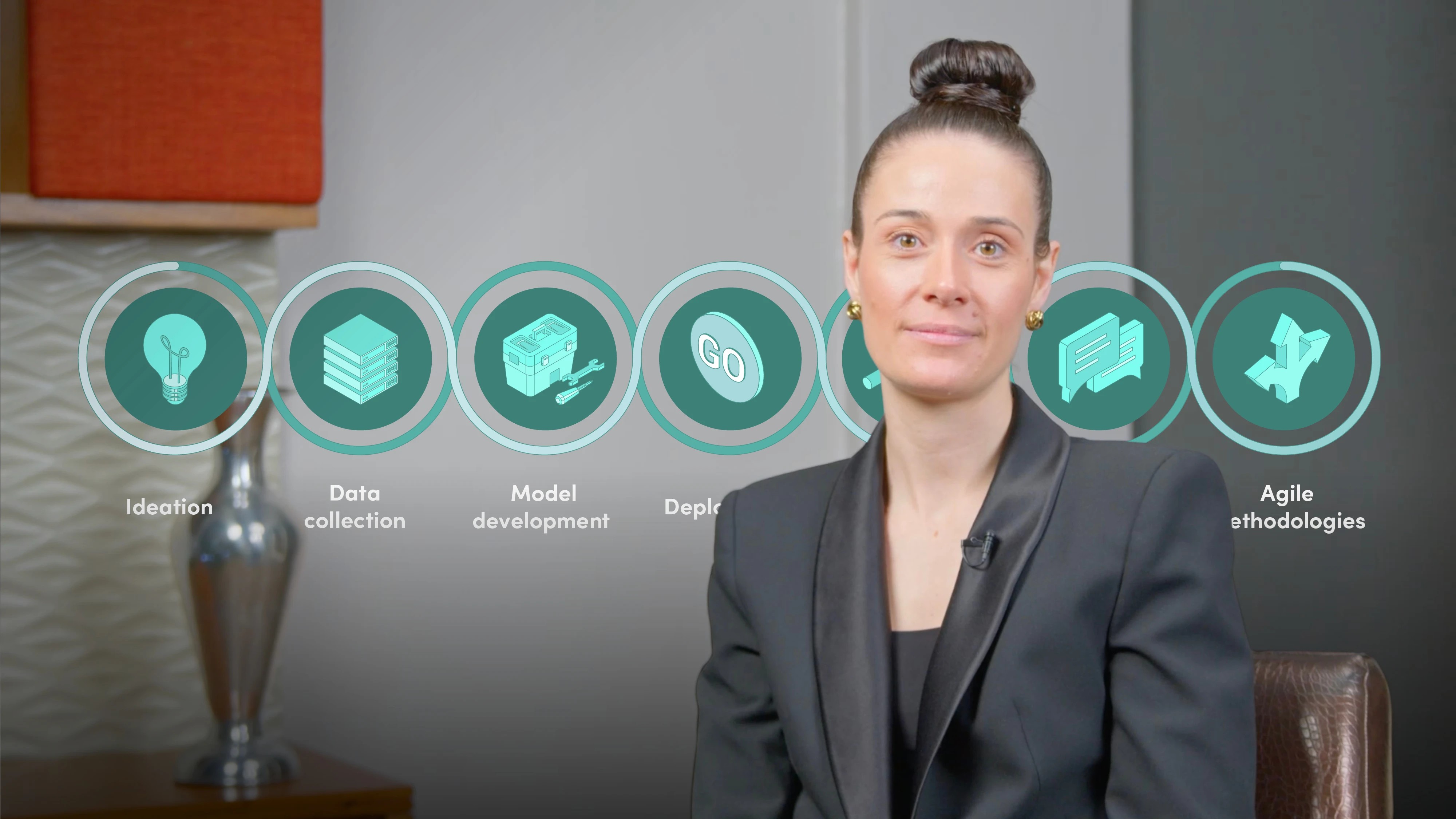
Embedding Ethics, Responsibility and Safety in AI

Emily Yang
Human-Centred AI (HCAI) Specialist
Join Emily Yang as she explores how we can turn AI ethics into action. Learn the differences between Responsible, Safe, and Trustworthy AI, see why human oversight matters, and discover how ethical design and AI stewardship build systems that truly serve humanity.
Join Emily Yang as she explores how we can turn AI ethics into action. Learn the differences between Responsible, Safe, and Trustworthy AI, see why human oversight matters, and discover how ethical design and AI stewardship build systems that truly serve humanity.
Subscribe to watch
Access this and all of the content on our platform by signing up for a 7-day free trial.

Embedding Ethics, Responsibility and Safety in AI
17 mins 53 secs
Key learning objectives:
Understand the distinctions and interconnections between AI ethics, Responsible AI, AI governance, AI safety, and Trustworthy AI
Understand the risks of poorly designed AI systems and the need for a human-centred approach in development and deployment
Outline practical tools, frameworks, and organisational structures that embed ethics, safety, and responsibility into AI workflows
Understand the role of AI stewards in bridging principles with practice and ensuring long-term trust, accountability, and societal alignment
Overview:
Subscribe to watch
Access this and all of the content on our platform by signing up for a 7-day free trial.
These terms describe different layers of a comprehensive approach to AI. Ethics sets the moral foundation. Responsible AI translates those values into context-specific principles like fairness and transparency. Governance is the operational layer, how organisations apply checks, reviews, and controls. Safety ensures systems behave reliably, even under stress. And Trustworthy AI focuses on human interaction: do people understand, trust, and feel comfortable with the system? While distinct, these layers must work together to ensure AI serves people, not just systems.
Why do real-world failures, like biased virtual therapists, highlight the need for a human-centred AI approach?
When AI systems act in emotionally sensitive or socially impactful ways without clear safeguards, the consequences go beyond technical errors; they affect trust, well-being, and even legal liability. Failures like manipulative chatbots or facial recognition bias show that if human needs and risks aren’t considered upfront, systems can cause real harm. A human-centred approach builds in foresight and safeguards from the start, helping prevent these harms and ensure AI aligns with public expectations and social norms.
How can organisations practically embed ethics and human values into their AI systems?
Embedding ethics requires more than high-level principles; it needs practical tools and structures. That includes using bias detection libraries, implementing explainability features, gathering diverse stakeholder input, defining ethical KPIs, and forming cross-functional teams with legal, design, and behavioural experts. It also means testing AI for edge cases and emotional risks, especially in sensitive domains like healthcare or finance. Making these practices routine across development, governance, and deployment phases ensures AI supports rather than undermines human needs.
What role do AI stewards play in organisations?
AI stewards help bridge the gap between aspiration and implementation. Whether formally appointed or informally recognised, they’re the people who champion ethics, ask uncomfortable questions, and guide teams toward inclusive, transparent, and safe AI. They interpret evolving regulations, challenge assumptions, and foster collaboration across departments, often bringing legal, tech, design, and user insights together. In high-impact areas, their leadership ensures AI doesn’t just function well but earns lasting trust by reflecting the values of the communities it serves.
Subscribe to watch
Access this and all of the content on our platform by signing up for a 7-day free trial.

Emily Yang
There are no available Videos from "Emily Yang"













